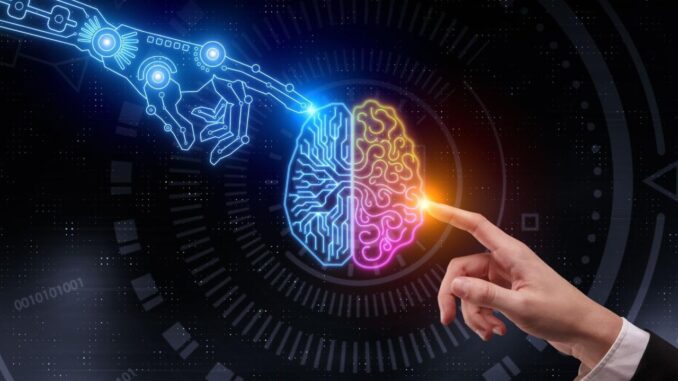
Absolutely, AI’s evolution continues at a rapid pace, driven by several key trends and technological advancements. Here are some of the main areas where AI is evolving:
### 1. **Improved Algorithms and Models** – **Deep Learning Advances:** Continued improvements in deep learning architectures, such as transformers and generative adversarial networks (GANs), are enhancing the capability of AI systems.








These architectures enable better performance in tasks like image recognition, natural language understanding, and more.
– **Self-Supervised Learning:** This approach allows models to learn from unlabeled data, reducing the need for extensive labeled datasets, which are often costly and time-consuming to produce.
### 2. **Generative AI**
– **Content Creation:** Models like DeepAI’s GPT-4 and DALL-E have demonstrated remarkable capabilities in generating human-like text and images, allowing applications in creative fields, content marketing, and even software development.
– **Personalization:** Generative AI facilitates personalized user experiences in various domains, including gaming, entertainment, and e-commerce, by customizing content and recommendations to individual preferences.
### 3. **Interdisciplinary Applications**
– **Healthcare:** AI is being used for early disease detection, personalized medicine, and predictive analytics, leading to improved patient outcomes and more efficient healthcare systems.
– **Finance:** In the finance sector, AI algorithms analyze vast amounts of data to detect fraudulent transactions, optimize trading strategies, and assess credit risk.
– **Autonomous Systems:** The development of self-driving cars, drones, and robotic systems is fundamentally changing industries like transportation, logistics, and manufacturing.
### 4. **Natural Language Processing (NLP)**
– **Conversational AI:** Advances in NLP have led to more sophisticated chatbots and virtual assistants that can handle complex queries and provide contextual responses.
– **Language Translation:** AI-powered translation services are improving communication across language barriers, with real-time translation capabilities becoming more accurate and accessible.
### 5. **Ethics and Governance**
– **Responsible AI Practices:** As AI technologies become more pervasive, there is a growing emphasis on creating ethical guidelines and best practices to ensure fairness, accountability, and transparency in AI development and deployment.
– **Bias Mitigation:** Ongoing research aims to identify and mitigate biases in AI algorithms, making systems fairer and more equitable.
### 6. **AI Accessibility**
– **Democratization of AI Tools:** The expansion of open-source AI frameworks and user-friendly platforms is making advanced AI tools available to a broader audience, including individuals and small businesses.
– **Low-Code/No-Code Solutions:** These solutions enable non-experts to build and deploy AI models, lowering the barrier to entry and fostering innovation across various sectors.
### 7. **Real-Time Data Processing**
– **Edge AI:** The deployment of AI models on edge devices (e.g., smartphones, IoT devices) allows for real-time data processing and decision-making, reducing latency and enhancing user experiences, especially in applications like smart homes and industrial automation.
### 8. **Human-AI Collaboration**
– **Augmented Intelligence:** AI systems are increasingly designed to augment human capabilities rather than replace them, fostering collaboration between humans and machines in domains such as customer service, research, and creative industries.
### 9. **Research and Funding Growth**
– **Investment in AI Research:** Significant investment from both public and private sectors is accelerating research and development in AI, leading to breakthroughs in various applications and fostering a competitive landscape.
### Future Outlook
The future of AI holds immense potential, but it also comes with challenges that need to be addressed. As AI continues to evolve, the focus will likely expand to include sustainability (using AI to tackle climate change and resource management), enhancing human well-being, and ensuring that technologies are developed in ways that are inclusive and beneficial to society as a whole.
Overall, the evolution of AI is a dynamic and multifaceted process, intertwining technological advancements with societal implications, and shaping the future in ways we are still beginning to understand. As we move forward, it will be crucial to balance innovation with ethical considerations to maximize the benefits of AI for everyone.

Leave a Reply